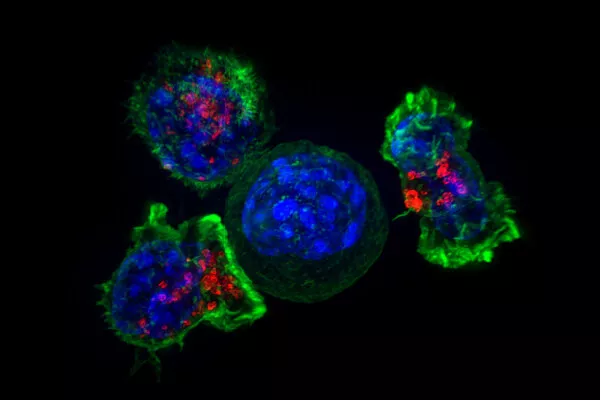A team led by Yale scientists can now quantify the factors that cause DNA changes that contribute most to tumor growth in most major tumor types In molecular biology and evolution 》In a new paper published in the journal, they said their new molecular analysis method clarified a long-standing debate about the degree of human control over cancer development.

Dr. Jeffrey Townsend, an Elihu professor in the Department of Biostatistics at the Yale School of public health (ysph), said that observing examples of specific gene mutations could reveal the extent to which preventable exposure such as ultraviolet light caused tumor growth in 24 cancers.
"We can now answer the question -- as far as we know -- 'what is the basic source of key mutations that change these cells into cancer rather than maintaining normal tissue?'"
It is well known that some of the most common cancers in the United States can be highly prevented by human decision. Skin cancer, such as melanoma, is largely due to long-term exposure to ultraviolet light, while lung cancer often dates back to the use of tobacco. But scientists have long struggled to measure the extent to which any individual's tumors are the result of preventable behavior and aging or "opportunity".

Previously, scientists have shown that they can reliably predict how certain factors leading to specific mutations change the genome in tissue. By combining this knowledge with their method of quantifying the contribution of each mutation to cancer, Townsend and his colleagues showed the specific proportion of known and unknown but identified factors to be attributed to the emergence of cancer.
"This gives us the last piece of the puzzle that links what happens in your genome to cancer," he explained. "It's really direct: we look in your tumor, and we see what signals are written in your tumor that lead to this cancer."
Some cancers are easier to control than others, they wrote in the report. For example, preventable factors account for a large part of the formation of bladder and skin tumors. However, they found that prostate cancer and glioma were largely due to internal processes related to age.
Townsend suggests that local populations or professionals with abnormally high levels of cancer can also use these findings to find instances of exposure to carcinogens. The idea seems promising, he said, because the proportion of capture factors may expose potential causes of tumor growth.
"It's useful for people to know what causes cancer," he said. "Not everyone wants to know. But at a personal level, attributing cancer to its causes may help people."
Not all genetic changes leading to tumors have been incorporated into the current methods, so more research is needed to fully understand complex genetic changes, such as duplicate genes or chromosomes. Scientists are constantly discovering new factors that can also lead to tumor growth, so Townsend cautions that current methods do not provide "complete calculations". Many of his team's less common approaches to cancer have not yet been tried.
Nevertheless, these findings can help public health officials quickly identify the source of cancer before causing more tumors, thus saving lives.
"Public health interventions aimed at minimizing exposure to these preventable features will reduce the severity of the disease by preventing the accumulation of mutations that directly lead to the cancer phenotype," the scientists wrote in the study